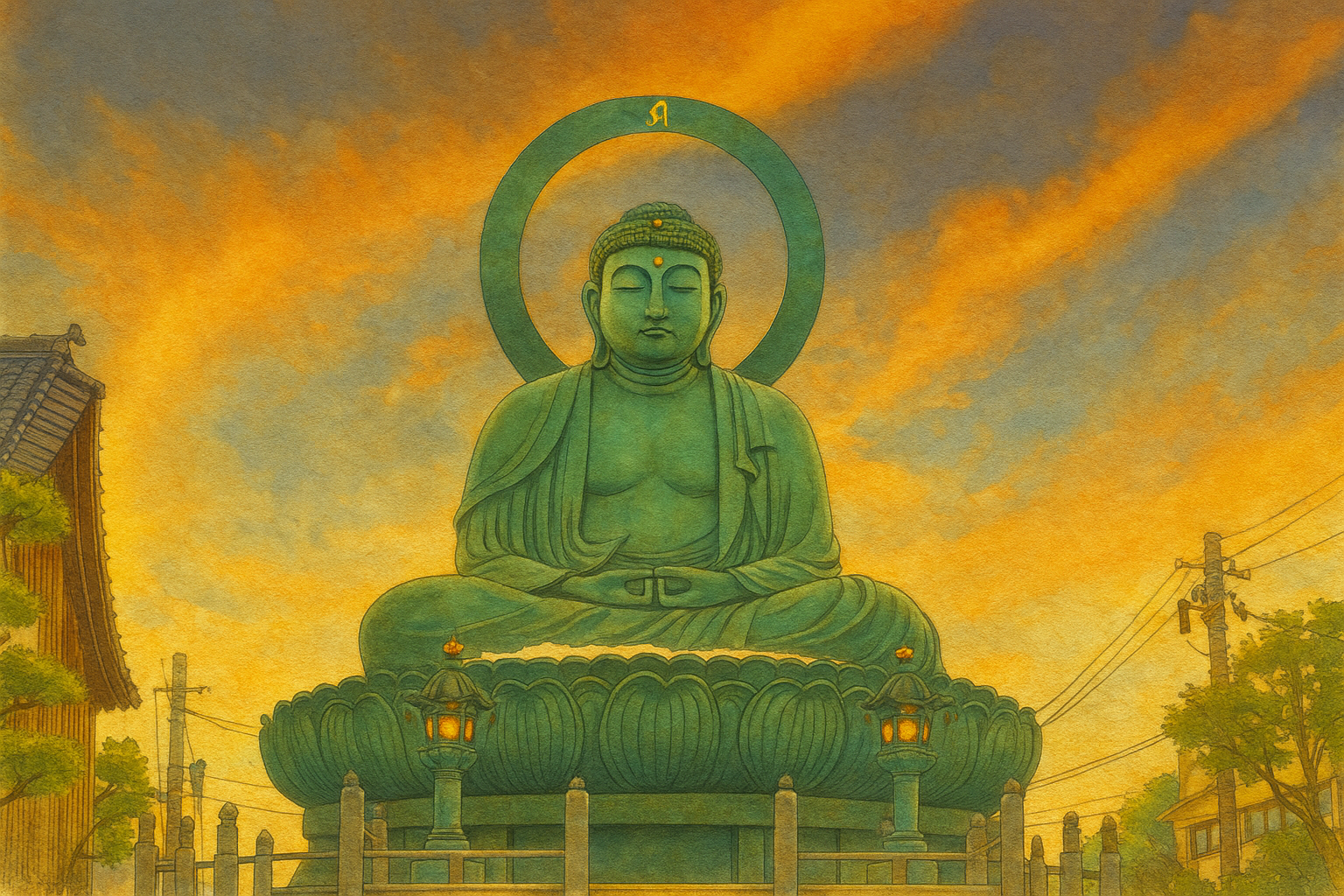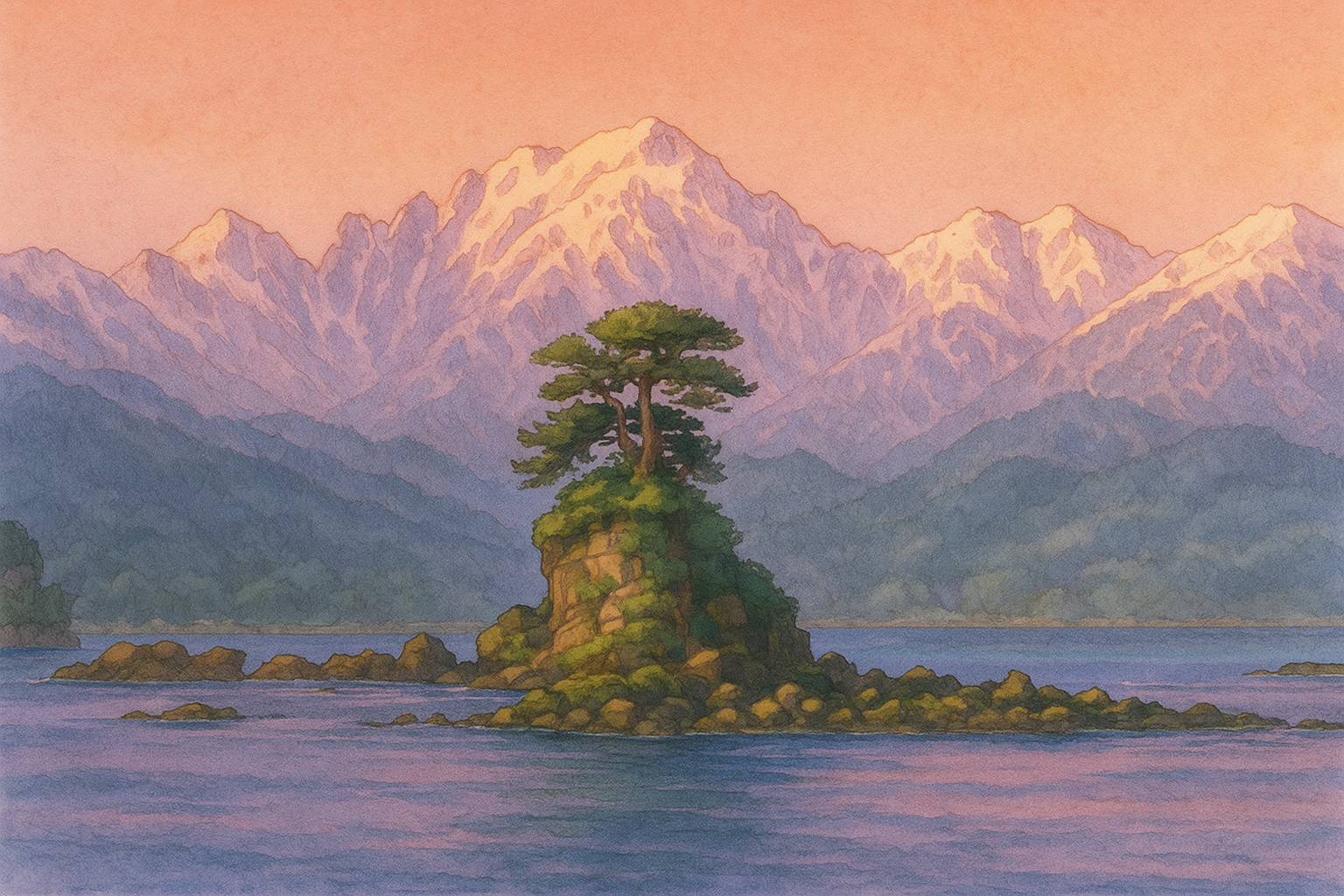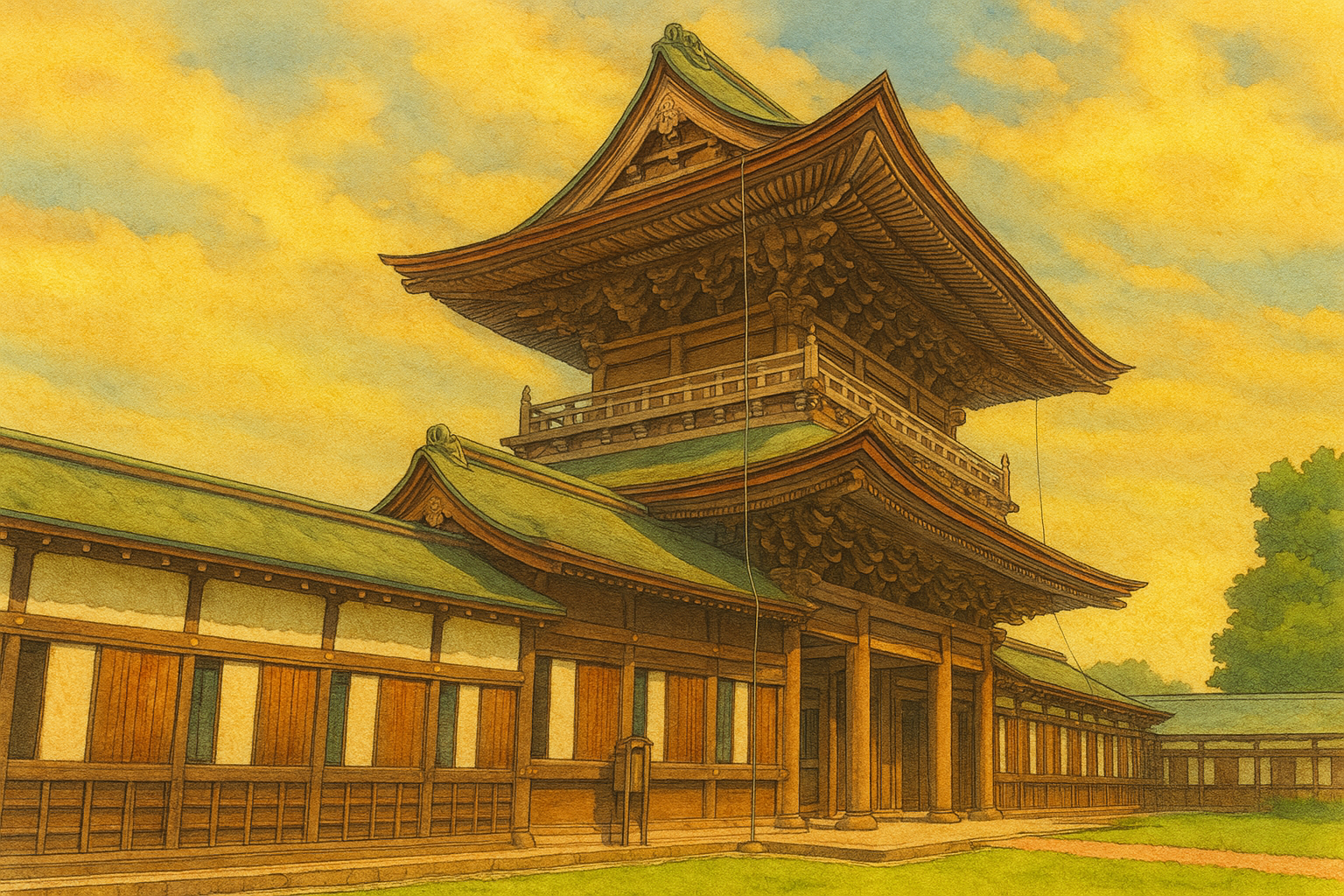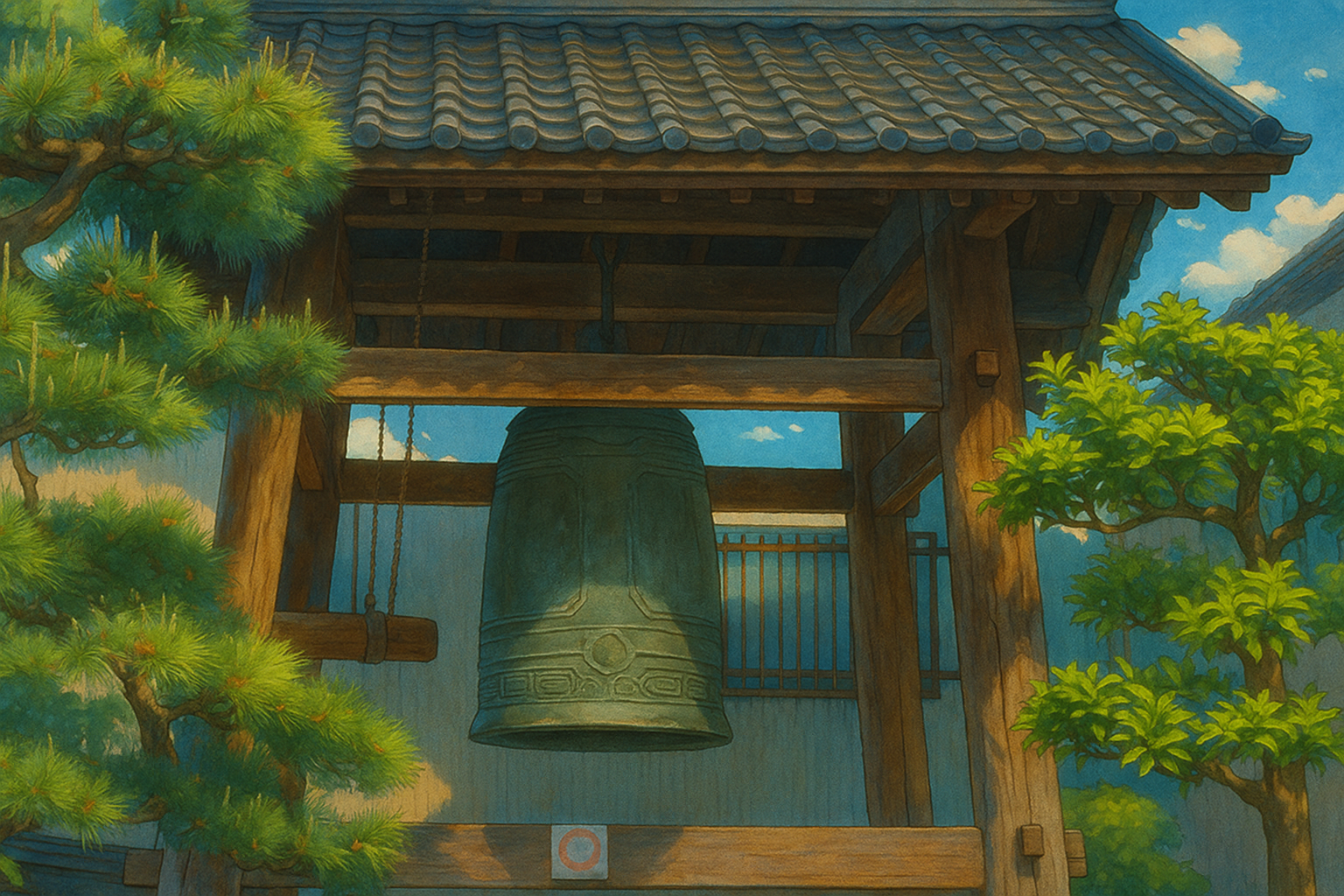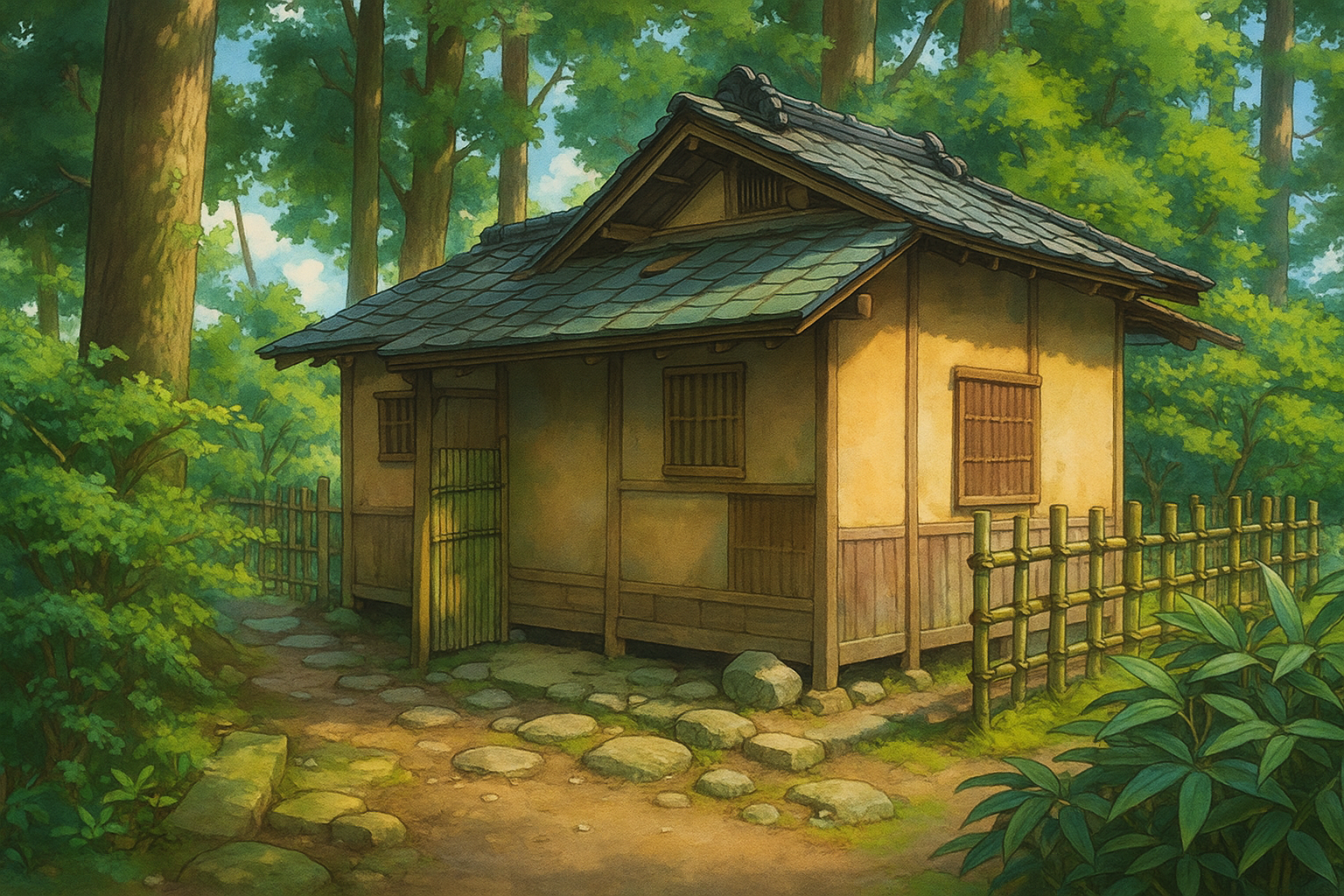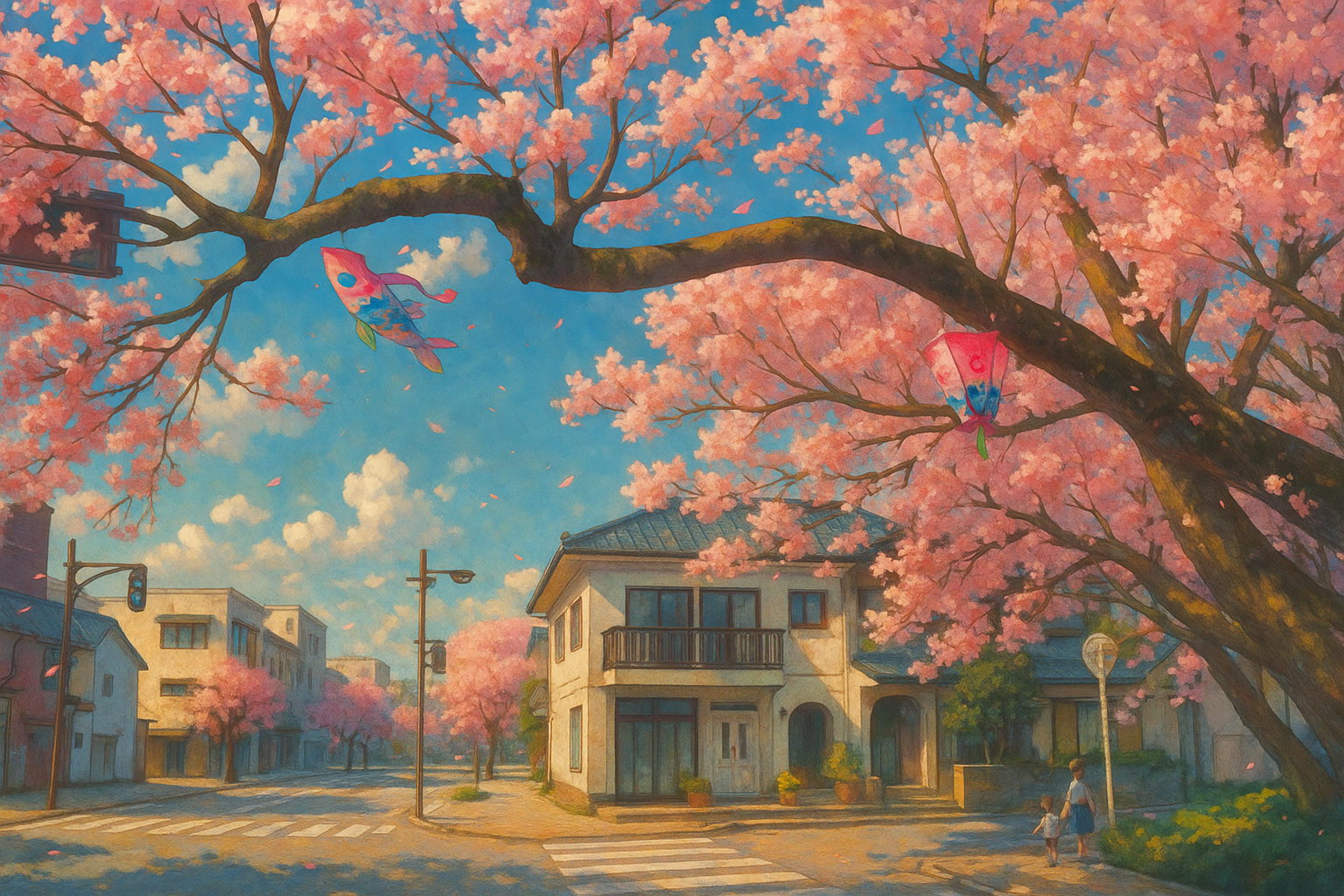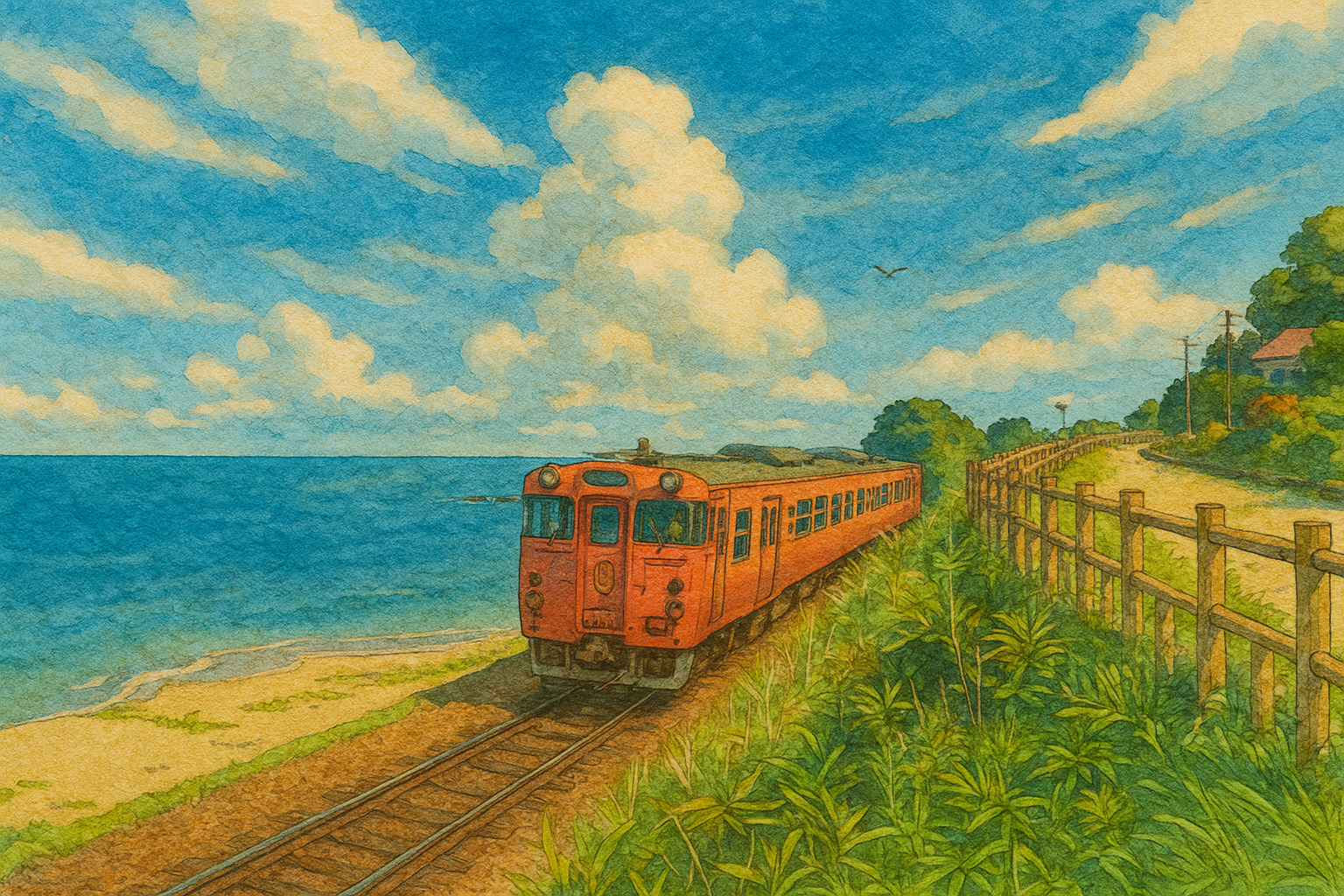Koizumi Seisakusho
Koizumi Seisakusho Co., Ltd. specializes in casting and processing copper alloys for Buddhist altar fittings, acoustic art objects, precision valves, machine parts, and more.
We are particularly experienced in the development of acoustic art products and strive to maximize the attractive sound qualities of metals. We are also committed to the restoration of cultural monuments. In 2007, we participated in the restoration of the bell at the “Dragon Gate” of the Güell Estate (Spain), designed by Antoni Gaudí, and in 2010, we worked on the “Liberty Bell” in Hibiya Park (Tokyo).
Driven by the desire to bring color and healing into everyday life through our own products, we founded our own brand [KOIZUMIYA] in 2012, offering items focused on the theme of “pleasant sound.”
We also proactively adopt the latest technologies such as 3D printers, modeling machines, and laser engraving, and we are proud to continue embracing the challenge of creating innovative products while preserving the 400-year-old tradition of Takaoka copperware.
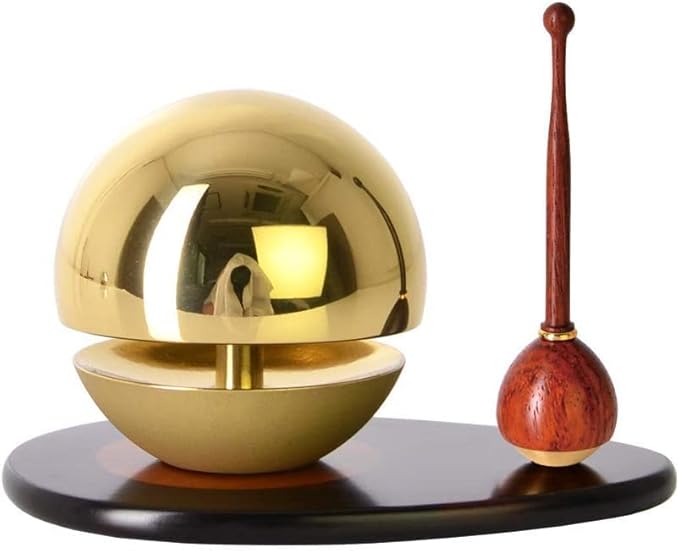

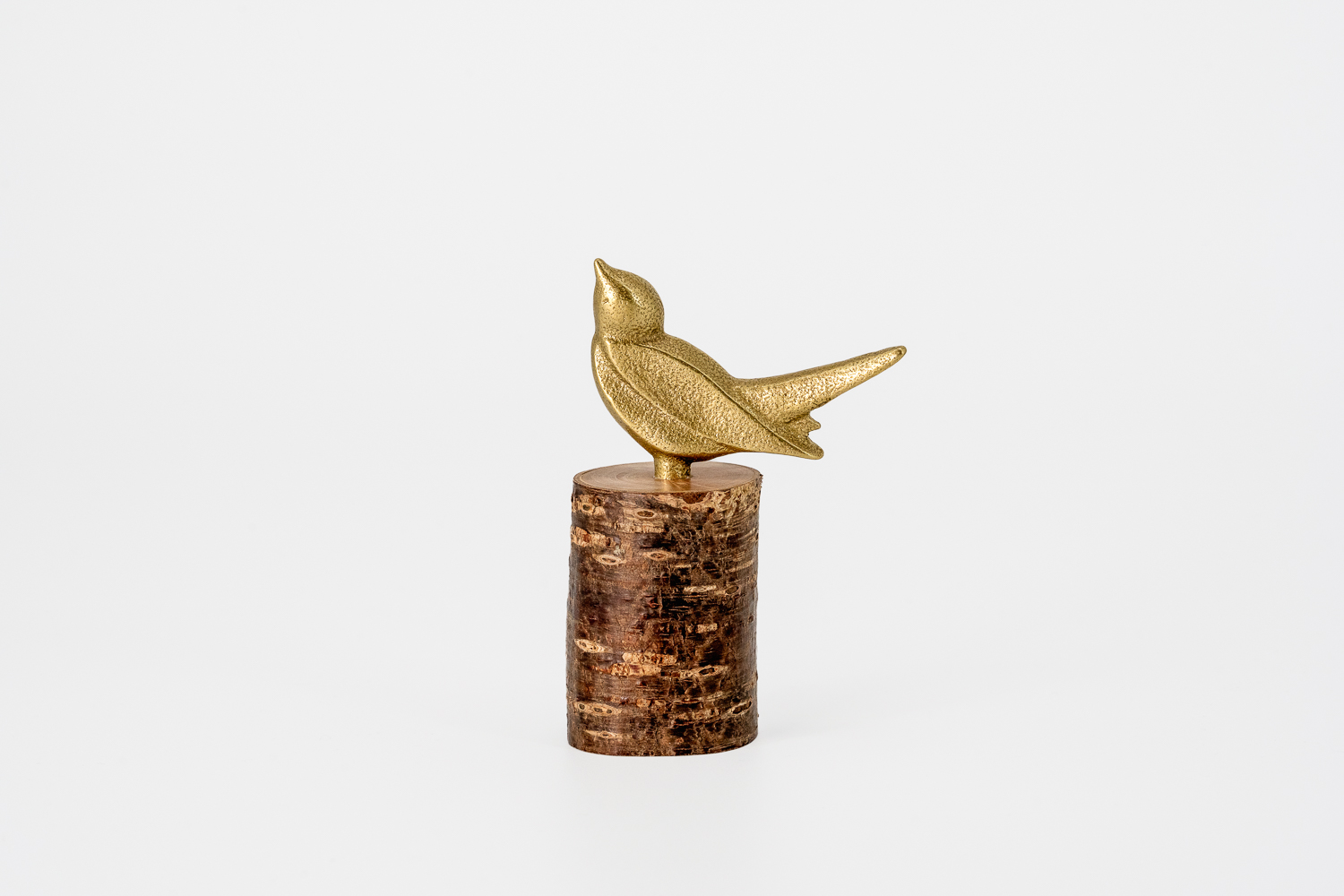
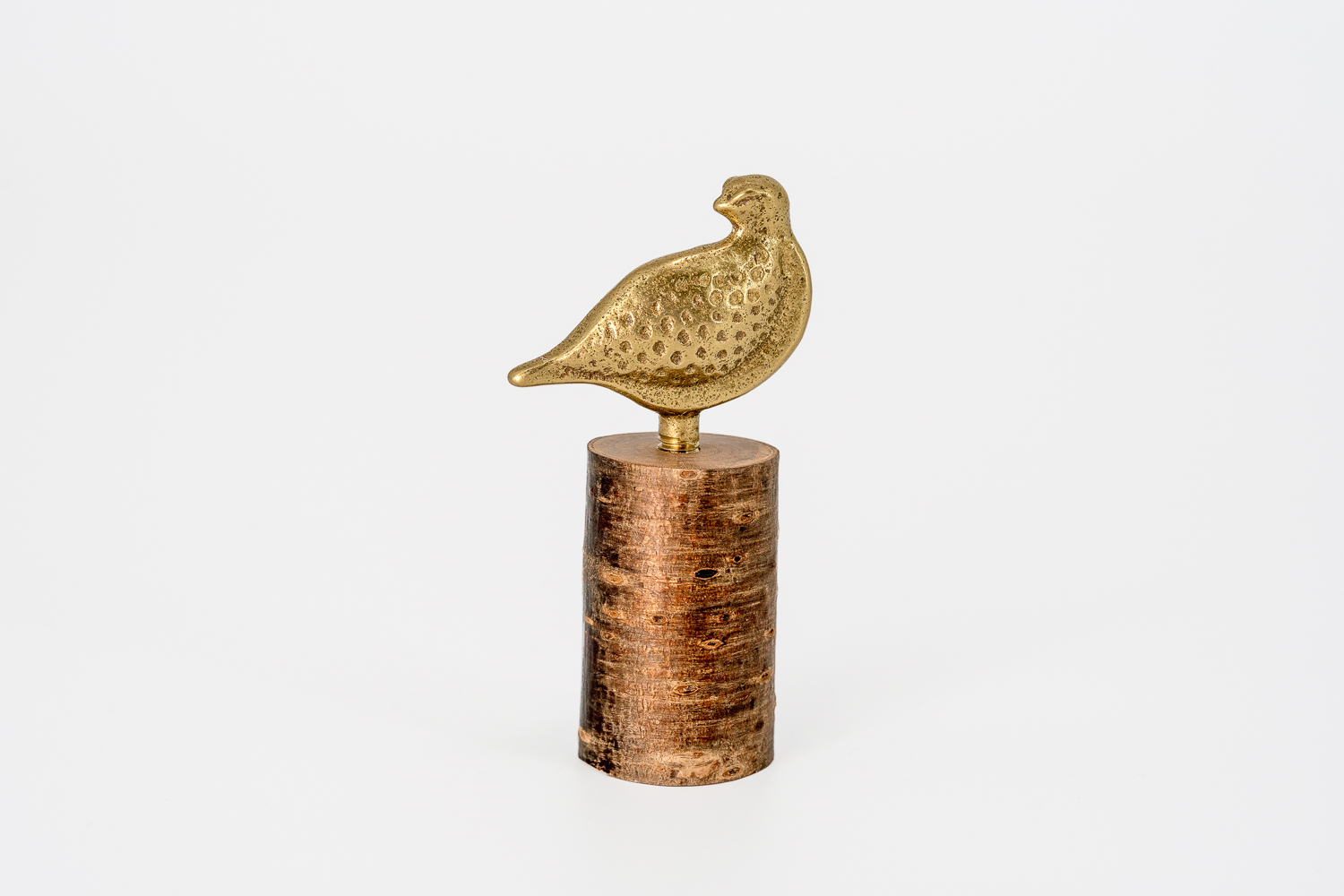






Takaoka (Toyama Prefecture)
Location & Cityscape
Takaoka is located in the western part of Toyama Prefecture, on the Sea of Japan. Nestled between Toyama Bay and forested hills, the city spans around 210 km²—of which approximately 36 km² are developed, 61 km² are agricultural land, and the rest is composed of extensive forests and parks. Its proximity to larger cities makes Takaoka a pleasant gateway between tradition and modernity.
Historical Origins
The origins of Takaoka date back to the year 701, when the area was part of the ancient Etchū Province. In the early 17th century, under the rule of Maeda Toshinaga, the city began to develop into a “city of artisans.” Around 1609, a castle and an adjacent settlement were built, which would later bear his name. In 1611, seven metal casting artisans (imono-shi) were recruited—marking the beginning of Takaoka’s tradition of metal artistry. Although the castle was dismantled again in 1615, the art of craftsmanship flourished and continues to shape the cityscape to this day.
Famous Sights
A highlight is the Takaoka Daibutsu—an impressive bronze Amida Buddha statue nearly 16 meters tall, completed in 1933. It symbolizes the skill of local metalworkers, was crafted from fire-resistant copper, and is considered one of Japan’s famous “Great Buddhas.”
Other cultural treasures include the Zen temple Zuiryū-ji, traditional wooden streets such as Kanaya-machi and Yamachō-sūji with storehouses over 400 years old, and various festivals like the Mikurumayama and Tanabata festivals, rich in history and folklore.
Traditional Crafts
-
Takaoka Copperware (高岡銅器, Takaoka dōki)
For over 400 years, copper artistry has defined the city’s character. The craft ranges from fine tea sets and vases to Buddhist altar fittings. It was officially designated a traditional craft in 1975. At ateliers like Nousaku and Momentum Factory Orii, modern everyday items and bronze temple bells are crafted—and can even be experienced hands-on. -
Takaoka Lacquerware (高岡漆器, Takaoka shikki)
Lacquer art also developed in the early 17th century and includes techniques such as sabi-e (finely ground lacquer paste), raden (mother-of-pearl inlay), and intricate relief work. This craft was likewise designated a traditional art in 1975. -
Other Regional Crafts
Around Takaoka, one also finds:-
Takaoka Tetsuki: decorative iron kettles and similar items, developed alongside the copper industry.
-
Shōgawa Woodturning: fine wooden bowls and trays.
-
Etchū-Washi paper and traditional straw hats from Fukuoka, which represent quintessential Japanese techniques.
-
Experience & Craft Tourism
Takaoka invites visitors to get hands-on: in studios like Otera Kohachiro Shoten or Nousaku in Kanaya-machi, guests can create their own tin or copper accessories—some in authentic Edo-style workshops. The ZIBA Craft Center offers exhibitions, workshops, and insight into more than six national craft forms, including metal, wood, paper, and textile arts.
Conclusion
Takaoka is much more than a historical city—it is a vibrant center of masterful craftsmanship. Copper, lacquer, wood, paper, and metal artistry blend here into a dynamic urban culture, deeply rooted in the Edo period yet thrilling with modern interpretations and immersive experiences. Whether as a visitor to traditional markets, a participant in workshops, or an admirer of monumental Buddha sculptures—Takaoka brings history to life.
